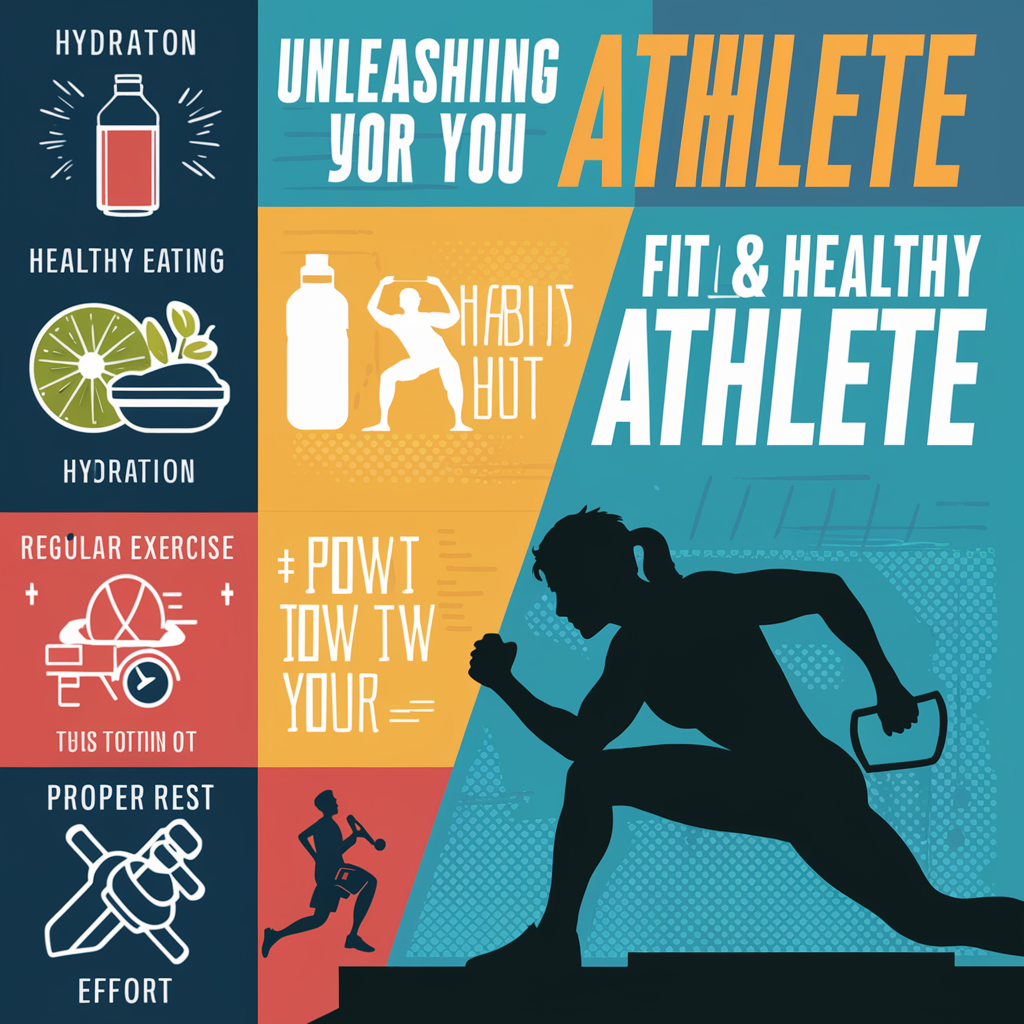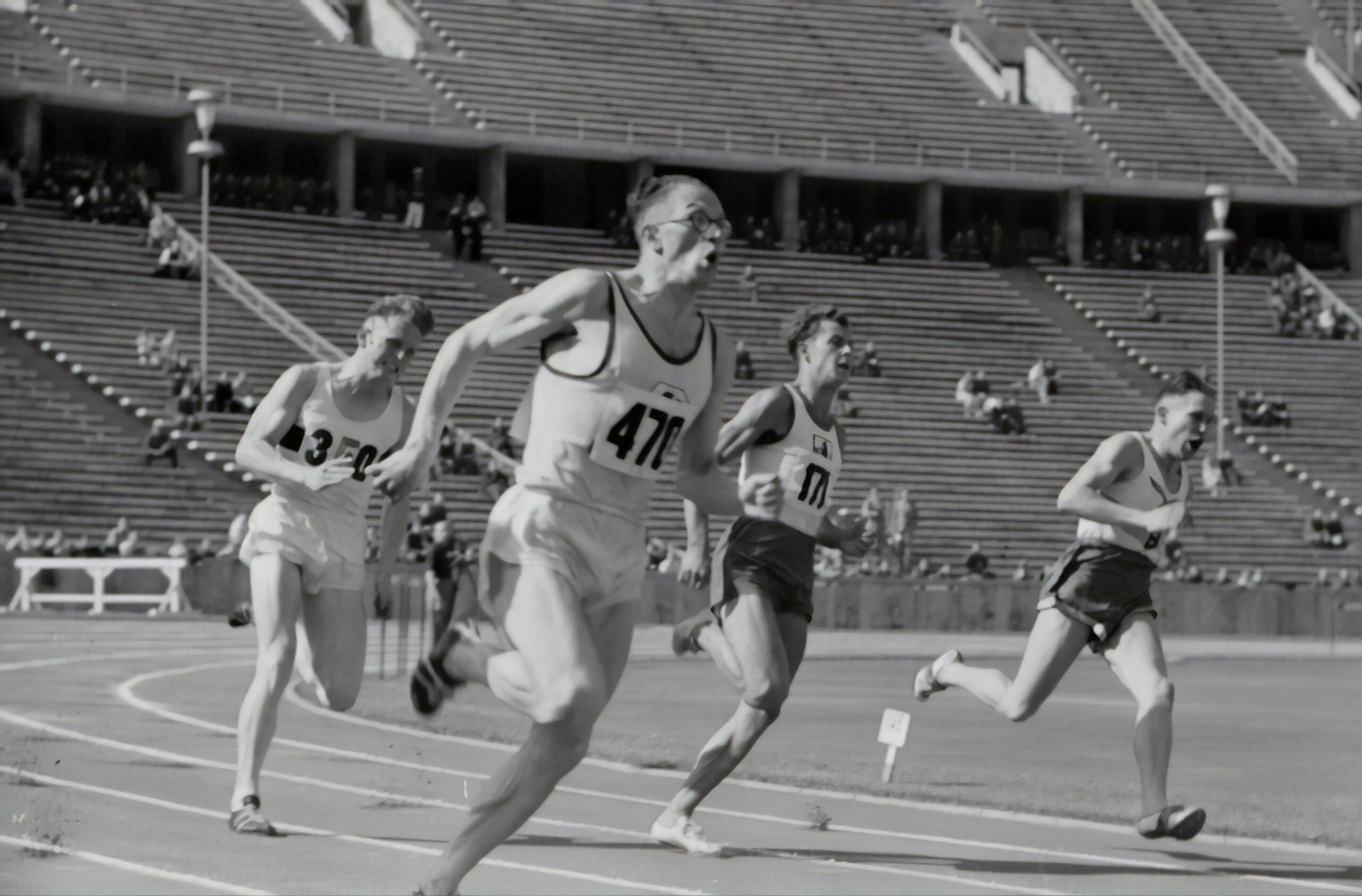Injury Prevention: Cutting-Edge Techniques to Keep Athletes in the Game
You know, I still remember that one basketball game in college when I made a spectacular jump shot and landed awkwardly. The crowd went wild, I felt like a superstar for about five seconds—until I heard that awful pop in my knee. Yep, that was my body’s way of saying, “Hold on there, superstar! You might want to check in with a doctor.” Since then, I’ve often found myself wondering: how can we keep athletes from facing that dreaded moment of injury? Let’s dive into the world of injury prevention, shall we?
The Science of Injury Prevention
First off, it’s crucial to understand that injuries in sports aren’t just bad luck—they’re often the result of a combination of factors: overuse, improper technique, and sometimes, the good old-fashioned “I can push through this” mentality. (I mean, who hasn’t been guilty of that one?) So, what’s the latest in injury prevention? Well, it’s a blend of technology, training, and plain old common sense.
Wearable Technology: Your New Best Friend
Let’s talk gadgets. Wearable technology has exploded in the last few years. I mean, if you can track your steps and heart rate, why not your recovery and injury risk? Devices like smartwatches and specialized fitness trackers can monitor everything from your heart rate variability to muscle fatigue. It’s like having a personal coach on your wrist—minus the whistle and aggressive yelling.
One standout is the use of accelerometers. These nifty devices can analyze movement patterns and detect deviations from a player’s normal biomechanics. This is super important, especially in sports like soccer or basketball where quick changes in direction can lead to injuries. Imagine being able to catch those risky movements before they lead to a pulled hamstring or worse. Talk about cutting-edge!
Biomechanical Assessments: Getting Down to the Nitty-Gritty
Now, if you’re wondering what biomechanical assessments are, think of it as a fancy way to say “let’s take a good look at how you move.” Physical therapists and trainers can analyze everything from your running gait to how you lift weights. This insight can help identify weaknesses or imbalances that might not be obvious. You know, like when you think you’re strong but your left leg is basically just along for the ride.
By pinpointing these areas, athletes can work on targeted exercises to strengthen them. It’s like being handed a cheat sheet for injury prevention. (If only I had that when I was trying to impress my college crush with my “amazing” slam dunks!)
Prehabilitation: The Cool Kid on the Block
Prehabilitation, or prehab for short, is all the rage these days. Basically, it’s about doing exercises to prevent injury before it happens—think of it as a warm-up on steroids. I mean, who would have thought that doing specific strength and flexibility exercises could save you from sitting on the sidelines with an ice pack?
Prehab protocols often include strength training, flexibility exercises, and even neuromuscular training. This last part is about improving your body’s ability to respond to sudden changes, like when you trip over your own shoelaces (hey, it happens to the best of us). It’s like giving your body a crash course in how to stay upright!
Nutrition: Fueling the Body Right
And let’s not forget about nutrition. I can’t tell you how many times I’ve heard athletes say, “I don’t need to worry about what I eat; I’m just going to work it off.” But here’s the kicker: what you put into your body can significantly impact your injury risk. (And did I mention that pizza doesn’t count as a food group, despite what my college friends thought?)
Nutrition plays a pivotal role in recovery and injury prevention. A well-balanced diet rich in vitamins, minerals, and antioxidants supports muscle recovery and overall health. Essential nutrients like omega-3 fatty acids can reduce inflammation, while protein helps repair damaged muscles. It’s like giving your body the tools it needs to fix itself. (I mean, wouldn’t that be great if we could just eat our way out of injuries?!)
Hydration: The Unsung Hero
Now, let’s talk hydration. It’s often overlooked, but staying hydrated is crucial for peak performance and injury prevention. Dehydration can lead to muscle cramps, fatigue, and even impaired coordination. So, make sure you’re drinking enough water, especially during long training sessions or games. (And no, soda doesn’t count as hydration, despite how refreshing it is after a workout!)
Mind Over Matter: The Mental Game
But wait, there’s more! Injury prevention isn’t just about the physical. There’s a mental aspect that’s often brushed aside. The psychological state of an athlete can significantly influence injury risk. Stress, anxiety, and even a lack of confidence can lead to a higher likelihood of getting hurt. (I mean, have you ever tried to perform under pressure? It’s like juggling flaming torches while riding a unicycle!)
Mindfulness practices such as meditation and visualization techniques can help athletes improve focus and reduce anxiety. I’ve heard of athletes visualizing their movements before a competition, which can enhance performance and decrease the chances of injury. It’s like preparing your mind for the game, almost as if you’re rehearsing for a big performance on stage! Who knew that mental prep could be just as important as physical training?
Recovery: The Other Half of the Equation
Now, let’s chat about recovery. It’s often treated like the neglected stepchild of the athletic world. But let me tell you—recovery is just as essential as training. Skipping it is like trying to drive a car without oil—eventually, it’s going to break down.
New recovery techniques are popping up everywhere, from cryotherapy chambers (yes, that’s where you freeze your way to recovery!) to infrared saunas. These methods help reduce inflammation and promote muscle repair. I’ve even seen athletes using compression boots to speed up recovery. It’s like being wrapped in a cozy blanket while getting a massage at the same time. Who wouldn’t want that? And yes, I might have snuck in a nap or two during those sessions!
Rest Days: Your Best Friend
And let’s not forget about good old-fashioned rest days. I know, I know—they can feel like a punishment sometimes, especially when you’re eager to train. But rest is when your body does most of its healing and rebuilding. Think of it as a necessary pause in your favorite song; without it, the melody just wouldn’t be as sweet.
Adapting to Individual Needs
Every athlete is unique. What works for one person might not work for another. This is where personalized training and injury prevention plans come into play. Coaches and trainers are now using data from those nifty wearables to tailor programs to individual needs. It’s all about creating a support system that takes into account an athlete’s specific biomechanics, strengths, and weaknesses.
For instance, if you’re a runner with a history of shin splints, your training can be adjusted to include more strength training for your lower legs. And for those of us who might not have a professional trainer on speed dial, there are plenty of online resources and apps that can help you tailor your own workouts. (Trust me, I’ve spent hours diving into YouTube workout videos—sometimes with questionable results!)
Conclusion: Stay in the Game
So, there you have it—a deep dive into the cutting-edge techniques of injury prevention. From wearable tech to nutrition, mental health, and personalized training, there’s a world of options out there to help keep athletes on the field, court, or track. (And let’s be honest, who doesn’t want to avoid that awkward limping around after an injury?)
Remember, it’s about finding what works for you and being proactive in your approach to injury prevention. After all, no one wants to be the star with a benchwarming story. So, go out there, stay safe, and keep enjoying the game. And maybe stay away from those jump shots unless you’ve had a good warm-up! Who knows, you might just become the injury prevention poster child. (Just don’t forget to send me a signed copy of your poster!)







